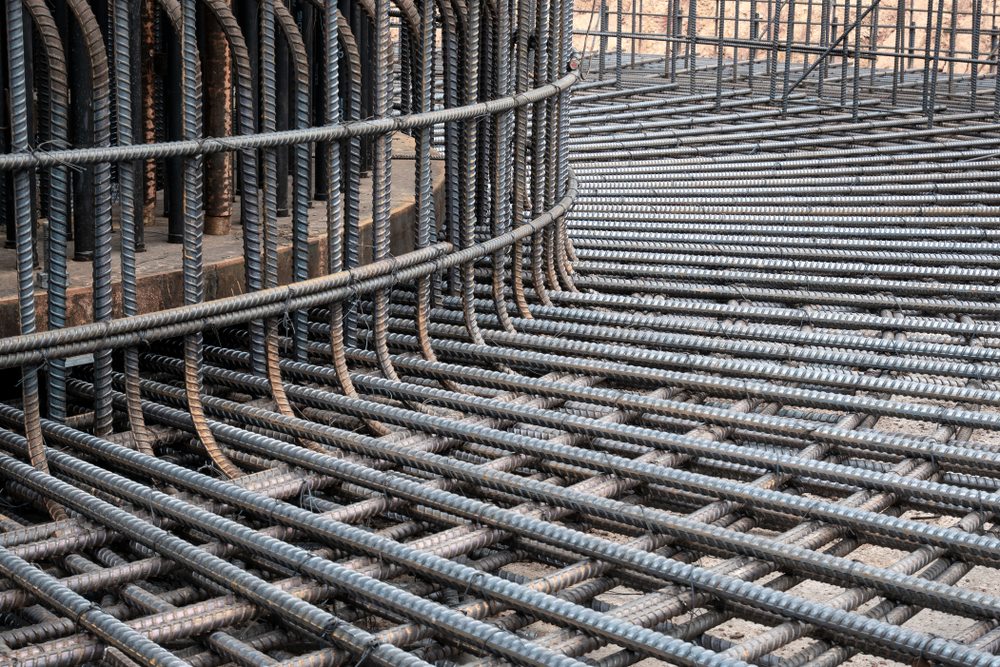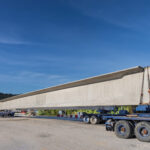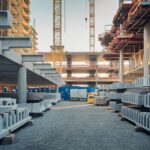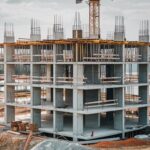Rebar detailing is one of the most critical aspects of ensuring structural integrity in construction projects. However, many project managers and engineers overlook the importance of accurate detailing, leading to costly mistakes such as project delays, increased expenses, and potential structural issues.
If you’re concerned about keeping your project on track, reducing unnecessary costs, and ensuring structural safety, keep reading. We’ll explore common rebar detailing errors and how to avoid them for a smoother, more efficient project.
- Incorrect rebar placement can lead to structural weaknesses and delays.
- Miscommunication between project teams often results in costly rebar detailing errors.
- Using outdated methods can increase the likelihood of errors.
- Proper training, software, and communication are essential to avoiding these pitfalls.
- Routine checks and audits are necessary to prevent mistakes from escalating.
1. Understanding the Importance of Rebar Detailing
Rebar detailing involves specifying the correct size, quantity, placement, and spacing of reinforcement bars in concrete structures. This level of detail is essential because incorrect rebar placement can weaken the entire structure, leading to failures or even dangerous conditions.
Accurate detailing ensures structural durability, helps maintain project timelines, and keeps costs within budget. When errors occur in rebar detailing, the resulting damage can be substantial, affecting both the financial and operational success of the project.
For expert detailing services, companies like Tekance provide industry-leading solutions that help ensure the precision needed to keep projects moving smoothly. Learn more about rebar detailing here.
2. The Most Common Rebar Detailing Mistakes
a. Incorrect Rebar Placement
Misplaced rebar compromises the structural integrity of your project, potentially resulting in cracks, collapses, or reworks. This error can also lead to project delays as teams scramble to correct the issues.
b. Overlapping and Spacing Issues
Improper spacing and overlapping can result in insufficient concrete coverage, weakening the structure’s ability to withstand loads. Failing to follow correct specifications can require costly repairs and adjustments.
c. Miscommunication Between Engineers and Detailers
A lack of clear communication between engineers, detailers, and on-site teams can result in rebar being placed incorrectly or inadequately. These mistakes cause delays and revisions, increasing the project’s overall costs. To ensure smooth collaboration, it’s essential to have a detailed plan and open communication lines. Learn how professional rebar detailing companies like Tekance ensure precise execution.
d. Ignoring Structural Drawings
Failing to properly interpret or follow structural drawings is another common mistake. This can lead to serious discrepancies between the design intent and the actual construction. Regularly reviewing and cross-referencing drawings helps prevent such issues.
3. Avoiding Rebar Detailing Pitfalls: Pro Tips for Success
a. Use Modern, Accurate Detailing Software
Old manual methods of rebar detailing are prone to errors. Utilizing modern rebar detailing software such as AutoCAD, Revit or Tekla enhances accuracy by reducing human error and ensuring consistency. These tools offer automated functions that minimize mistakes and speed up the detailing process. Explore Tekla’s detailing solutions.
b. Prioritize Clear and Open Communication
Effective communication between all parties—engineers, detailers, and on-site crews—ensures that everyone is on the same page regarding rebar placement and specifications. Using platforms that streamline communication will help minimize confusion and costly mistakes.
c. Regular Reviews and Audits
Performing regular checks during each phase of rebar installation is key to preventing errors. Consistent auditing not only identifies potential issues early but also ensures compliance with the original structural plans.
d. Adhering to Codes and Standards
It’s crucial to ensure that your detailing adheres to both local and international building codes. This avoids the risk of legal penalties, costly reworks, or delays. Always stay updated with the latest industry standards by consulting resources such as the American Concrete Institute.
4. Impact of Poor Rebar Detailing on Project Costs and Timelines
Mistakes in detailing don’t just affect the structural safety of your project—they can also hit your budget hard. Incorrect detailing leads to delays, rework, and additional material and labor costs, all of which contribute to budget overruns.
A real-life example of a costly mistake involved a project where incorrect rebar spacing delayed construction by weeks, adding thousands in extra labor costs. To avoid these types of issues, many construction professionals rely on expert detailing services like those offered by Tekance, which ensures accuracy and efficiency from the start.
5. Final Checks Before Installation: Ensuring a Seamless Project
Before you begin rebar installation, make sure that all drawings are checked for accuracy, and all stakeholders are aligned with the design. Conduct a final review of the rebar layout, ensuring that the placement adheres to the specifications in the structural drawings.
Additionally, verifying site readiness and the availability of materials will help reduce the risk of delays. If you need professional guidance on rebar detailing and project management, reach out to Tekance for comprehensive support.
Ensuring Long-Term Success: Best Practices and Tools for Flawless Rebar Detailing
1. Investing in Quality Rebar Detailing Software
Using specialized software for rebar detailing, like Revit or Tekla, reduces the chances of human error. These programs offer automation features that can streamline the process and catch mistakes before they become costly issues.
2. Improving Collaboration Between Teams
Effective collaboration between engineers, contractors, and detailers is essential for avoiding errors. Cloud-based project management tools, like Procore or Autodesk BIM 360, help streamline communication and ensure everyone has access to the latest updates and drawings.
3. The Role of Proper Training in Avoiding Mistakes
Providing your team with the necessary training in rebar detailing and construction software helps prevent costly errors. Investing in training programs ensures your team is equipped with the skills to tackle complex projects accurately.
4. How to Perform Effective Rebar Detailing Audits
Audits are a crucial step to ensuring rebar detailing compliance. Perform regular checks to verify that the rebar layout matches the approved drawings. Use checklists during your audits to ensure every aspect of the rebar detailing process is scrutinized.
FAQs
Q1: What is rebar detailing, and why is it important?
Rebar detailing is the process of creating detailed diagrams and instructions for rebar placement in reinforced concrete structures. It is crucial for ensuring structural integrity and avoiding project delays.
Q2: How can poor rebar detailing affect my project?
Poor rebar detailing can lead to serious structural issues, costly rework, project delays, and increased expenses due to incorrect material usage or installation errors.
Q3: What tools should I use for rebar detailing?
Using modern software like Revit, Tekla or AutoCAD for rebar detailing can help ensure accuracy and prevent common mistakes. You can learn more about Tekla and how it improves project outcomes.








